#patricia collins
Text

The Scale of Nature. Written by John Tyler Bonner. Illustrated by Patricia Collins. 1970.
Internet Archive
188 notes
·
View notes
Text
youtube
Astrologer Patricia Collins looks a few years into the future.
6 notes
·
View notes
Text


Tracy has the baby. She is a little early, but still totally healthy... so welcome little Patricia Collins.
#Marvel#Deathlok#Michael Collins ~ Deathlok#Patricia Collins#Tracy Collins#Nicholas Collins#Ben Grimm ~ Thing
1 note
·
View note
Text
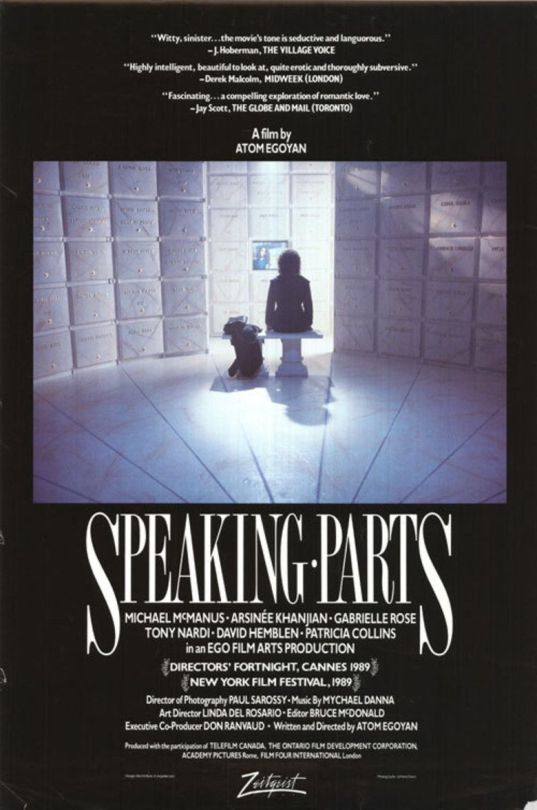
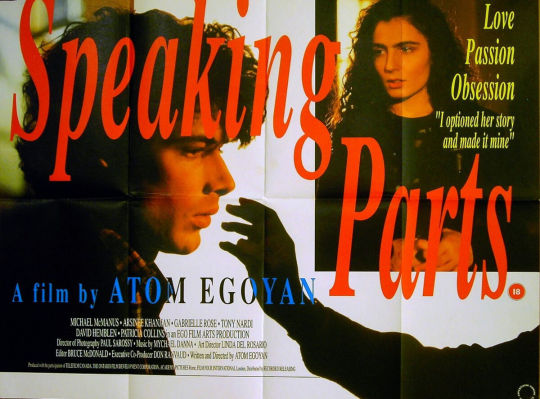
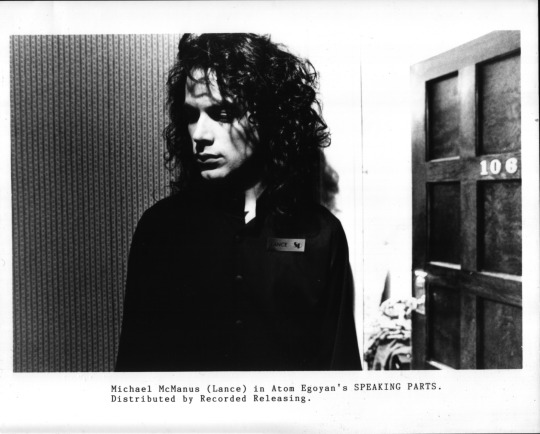
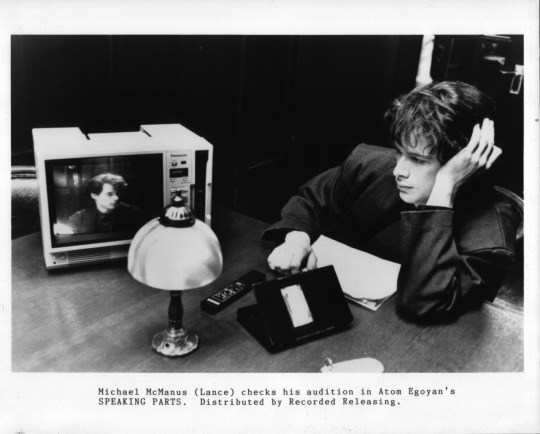
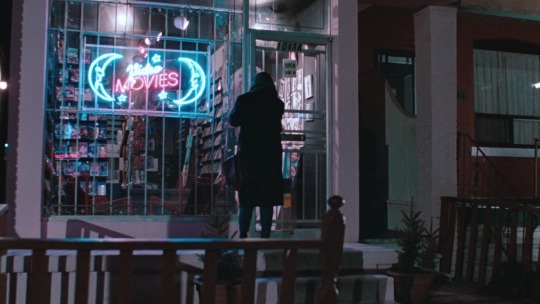
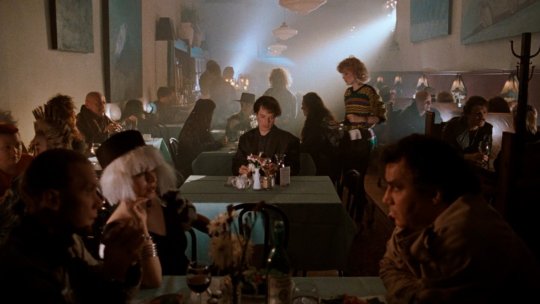


Speaking Parts (1989) Atom Egoyan
February 13th 2024
#speaking parts#1989#atom egoyan#michael mcmanus#arsinée khanjian#gabrielle rose#tony nardi#david hemblen#patricia collins
1 note
·
View note
Text
Round 1, Poll 9: The Enchanted Forest Chronicles vs Gregor the Overlander

Classic high fantasy's little sister and The Hunger Games' little brother duke it out in this poll
Remember to reblog for a bigger sample size!
#poll#best childhood book#enchanted forest chronicles#patricia c wrede#efc#gregor the overlander#suzanne collins
463 notes
·
View notes
Text
I'm making a part 2 if you don't like any of these. Just give me a little bit of time to make it.
Also, it was supposed to be "trans/nonbinary". I'm not trying to say they all are both.
#Transgender#Trans#Enby#Nonbinary#Trans youtuber#Youtubers#contrapoints#philosophy tube#natalie wynn#abigail thorn#patricia taxxon#jessie gender#kat blaque#Nyx fears#may leitz#Thought slime#Samantha lux#jammidodger#sam collins#Copshatemoe#Kyledavy25#Lgbtq#Lgbtqia+#lgbtq polls#lgbtqia polls#trans polls#youtube poll
30 notes
·
View notes
Text
For example, via the "hoochie" image, Black women's sexualities are seen as unnatural, dirty, sick, and sinful. For example, refusing to prosecute Black women's rapists because the women are viewed as sexual "freaks" constitutes a social practice that reinforces and shapes these symbolic structures. While analytically distinct, in actuality, those two dimensions work together.
Black Feminist Thought by Patricia Hill Collins
#Patricia Hill Collins#Black feminist theory#the monstrous Jezebel: her mouth like ashes#we seize horror as we bow
56 notes
·
View notes
Text

A stack of some of my favorite books by Black authors.
"Tell My Horse" by Zora Neale Hurston
"Native Son" by Richard Wright
"Jambalaya" by Luisah Teish
"Parable of the Sower" by Octavia E. Butler
"Revolutionary Suicide" by Huey P. Newton
"Zami: A New Spelling of My Name" by Audre Lorde
"Black Feminist Thought" by Patricia Hill Collins
#insomnibrarian#my face#Black librarian#Black History Month#Black authors#Zora Neale Hurston#Richard Wright#Luisah Teish#Octavia E. Butler#Huey P. Newton#Audre Lorde#Patricia Hill Collins
6 notes
·
View notes
Text

#Lily Collins#street style#Emily in Paris#2x03#2021#bon anniversaire#self portrait#Hermes#seymoure#Patricia field#television#season 2#self-portrait#Emily cooper
6 notes
·
View notes
Text

The Scale of Nature. Written by John Tyler Bonner. Illustrated by Patricia Collins. 1970.
Internet Archive
221 notes
·
View notes
Text
youtube
A very, very good video about basic astrology.
14 notes
·
View notes
Text
bell hooks does not hold as a great feminist thinker to me and yet she is The Face of black feminist thought. My feminism has no room for men apologism and she is no exception. It's not that she's the only feminist who recognizes that men inadvertently suffer under patriarchy but the idea that women can love and uplift them out of it...lemme stop myself before I speak ill of the dead
#If we're being really real I honestly don't find the scholarship compelling compared to someone like Patricia Hill Collins#The biggest push from hooks was the recognition that third wave feminism was centered around white middle class women#And honestly she wasn't the first to say it it's just that she was from a relatively prestigious institution
4 notes
·
View notes
Quote
By and large, non-binary people simply want to exist as something other than what society says we must be. We are not merely a “third gender,” but rather our very existence challenges the idea of gender altogether, particularly in how the state chooses to define people by pressing them into specific categories of male or female. With those categories come all kinds of attendant assumptions that serve to harm people of all genders: the idea that men are strong and capable and heads of households, whereas women are somehow more nurturing and loving and therefore better suited to childcare. For people who do not fit these controlling images, to borrow a concept from Patricia Hill Collins, the project of building a better society needs to be about breaking apart and questioning those images.
In Transit: Being Non-Binary in a World of Dichotomies, by Dianna E. Anderson
2 notes
·
View notes
Text
"THE MOONSTONE" (1996) Review

"THE MOONSTONE" (1996) Review
Following my viewing of the 1997 television movie, "THE WOMAN IN WHITE", I followed up with an adaptation of another Wilkie Collins' novel, "THE MOONSTONE". Like the other adaption, this adaptation had been produced back in the 1990s as a television movie.
Based on Collins' 1868 novel, "The Moonstone: A Romance", "THE MOONSTONE" was an early modern detective story that centered around the theft of a valuable gem. A young English socialite named Rachel Verinder inherits a large Indian diamond called "a moonstone" on her eighteenth birthday. The gem is a legacy from her uncle, a corrupt British army officer named Colonel Sir John Hardcastle, who had stolen it from a religious idol, while serving in India. The diamond is of great religious significance and extremely valuable, and three Hindu priests have dedicated their lives to recovering it. Although Sir John's theft of the Moonstone had involved murder, he was never punished for his crimes. But he ended up shunned by society and his sister, Lady Julia Verinder. In retaliation for the shunning, Sir John leaves it in his will as a birthday gift to his niece Rachel, exposing her to the attentions of the gem's legal guardians.
On the night of her birthday party, Rachel wears her new present. Lady Julia, Rachel's cousin Franklin Blake and the local Dr. Candy all seem very anxious over Rachel's possession of the Moonstone. Especially since a trio of Indian jugglers had appeared at the Verinder estate. Later that night, the gem disappears from Rachel's room. Stolen. Suspicion first falls upon the three Indian jugglers. But retired Scotland Yard investigator, Sergeant Cuff believes the theft was an inside job. His suspicions fall upon one of the Verinders' servants, Rosana Spearman; and Rachel, whom he believes harbored plans to use the diamond to pay off secret debts.
I really do not know how to start this review, if I must be honest. I believe a good deal of my feelings originated from how I feel about Collins' story. I have never read his novel. But I have seen at least three adaptations of it to get a pretty good grasp of it. I must admit that director Robert Bierman and screenwriter Kevin Elyot did a very good job in setting up Collins' tale in this adaptation. They did not rush through the narrative in order to arrive on the night of the theft. And Elyot's screenplay also did an excellent job in exploring the novel's main characters - especially Rachel Verinder, her mother Lady Julia, the Verinders' major domo Gabriel Betterege and Franklin Blake. The movie also did a first-rate job in conveying the details of Blake and Cuff's investigation of the theft, along with Rachel's strange behavior. But once their investigation hit a dead end and the story moved on to the third act . . . I started having problems with the movie.
I could blame Wilkie Collins and his novel. Or I could blame the movie's screenwriter for trying to adhere as closely to Collins' story as possible. But after Franklin resumed the investigation of the Moonstone's theft a year after the incident, "THE MOONSTONE" seemed to be piled with nothing but contrived writing. I can only assume that Collins had wanted to deliver a surprise twist to his readers when he revealed who had taken the gem. I was certainly surprised when I first saw this film. And after three or four years, I have remained . . . dissatisfied with the revelation. I mean . . . seriously? And the series of events that led to the theft also struck me as contrived. But that was nothing in compare to the events that led to the Moonstone's final fate. To this day, a part of me wishes that the filmmakers had changed some of Collins' narrative for this movie.
At least I had no problem with the film's production values. Sarah Greenwood's production designs struck me as first-rate in her re-creation of Great Britain during the late 1840s. I was especially impressed by her creation of London during that period. Philip Robinson's art direction, the film's Art Department and John Daly's cinematography ably contributed to her work. I especially enjoyed Daly's photography of the marshes in Norfolk that served as the setting for one very memorable scene. I also admired James Keast's costume designs. His costumes struck me as a near accurate reflection of the film's late 1840s setting. I must admit that I found those costumes for the upper-class female characters a bit on the dull side. Was this dullness a direct reflection of elite women's fashion of that period? Perhaps someone can answer that for me.
Both Greg Wise and Keeley Hawes gave solid performances as the movie's romantic leads - Franklin Blake and Rachel Verinder. I cannot deny that the pair possessed some semblance of screen chemistry, especially during the film's first half hour. But they never really had the opportunity to develop that chemistry, since their characters spent most of the film at odds with one another or apart. The movie also featured solid performances from the likes of Scott Handy, Patricia Hodge, Anton Lesser, Peter Jeffrey, Paul Brooke, a menacing performance from Terence Hardiman as the slightly sinister Col. Sir John Hardcastle, and a rather entertaining performance from Kacey Ainsworth as the Verinders' holy roller cousin Drusilla Clark. Which leads me to my favorite performances in the movie.
One of those performances came from Peter Vaughan, who portrayed the Verinder family's steadfast majordomo, Gabriel Betterege. Not only did Vaughan did an excellent job in conveying Betterege's intelligence, but also the character's sharp humor. I really enjoyed his performance. Another performance that impressed me was Antony Sher, who portrayed the botanical loving former Scotland Yard detective, Sergeant Richard Cuff. I believe real life Victorian police detective Jack Whicher had inspired Collins' creation of Cuff. But Sher injected a touch of humorous eccentricity to the character that made his performance so enjoyable to me. One last performance had impressed me and it came from Lesley Sharp, who portrayed one of the Verinders' maids, Rosanna SpearmanR. Sharp gave an etheral, yet intense performance as the lovesick Rosanna, which left a haunting cloud over the story before the last reel.
Would I regard this 1996 television movie as the best adaptation of Wilkie Collins' novel? Hmmm . . . perhaps not. I have seen other adaptations that had delved into the narrative with a bit more detail. And the ending of this film seemed to rush a bit toward the end. However, I did managed to enjoy "THE MOONSTONE" very much. And thanks to Robert Bierman's direction, Kevin Elyot's screenplay and excellent performances from a cast led by Greg Wise and Keeley Hawes, I would have no problems doing a rewatch of this film over and over again.

#wilkie collins#the moonstone#the moonstone 1996#victorian age#greg wise#keeley hawes#peter vaughan#antony sher#anton lesser#kacey ainsworth#lesley sharp#patricia hodge#paul brooke#peter jeffrey#scott handy#terence hardman#period drama#period dramas#costume drama
1 note
·
View note
Text
I also know that, lacking a collective voice, individual voices like mine will become fainter until, one day, many may forget that we ever spoke at all.
from Fighting Words by Patricia Hill Collins
11 notes
·
View notes
